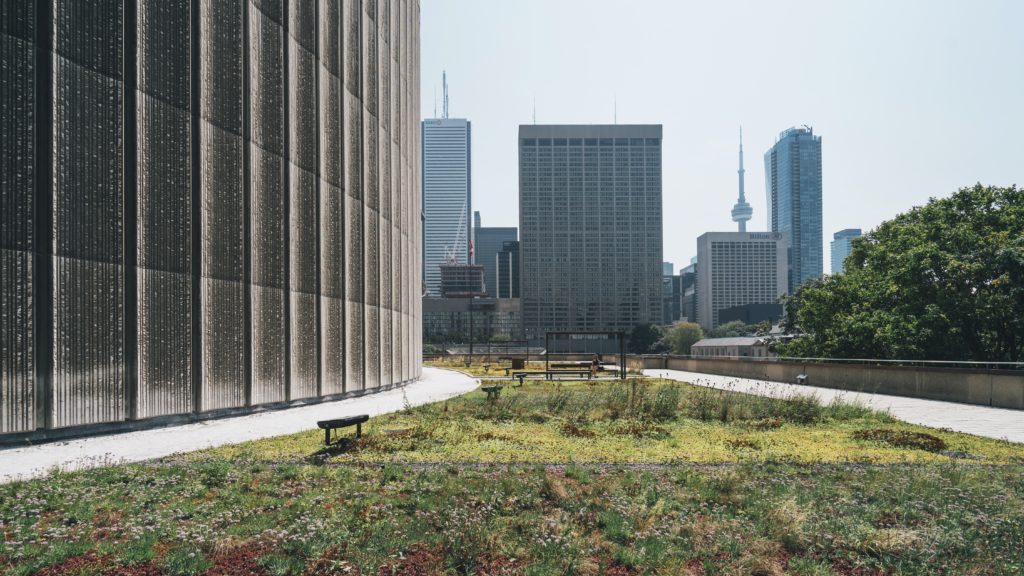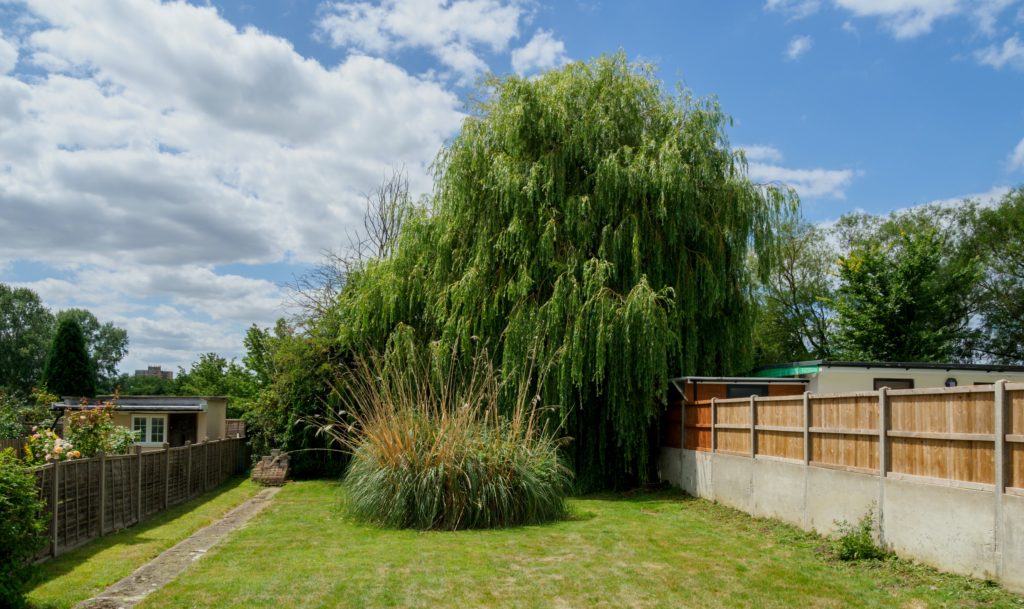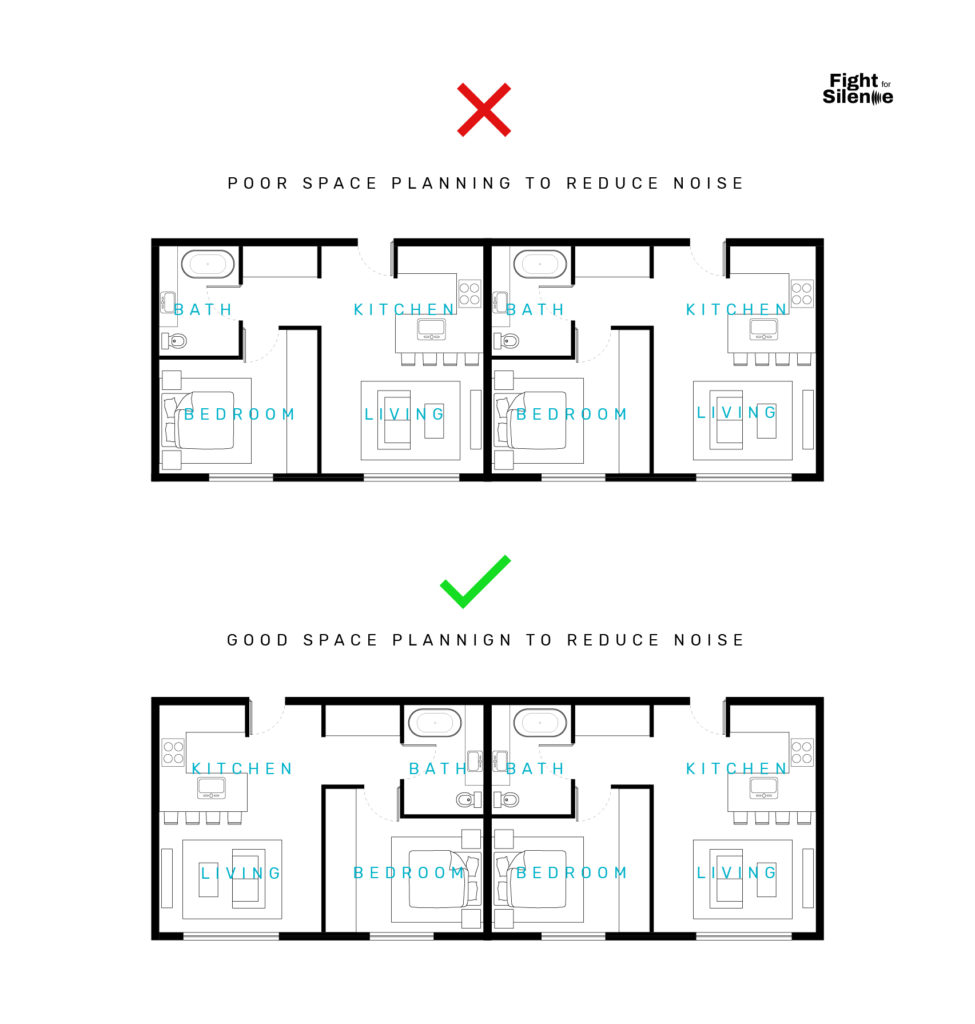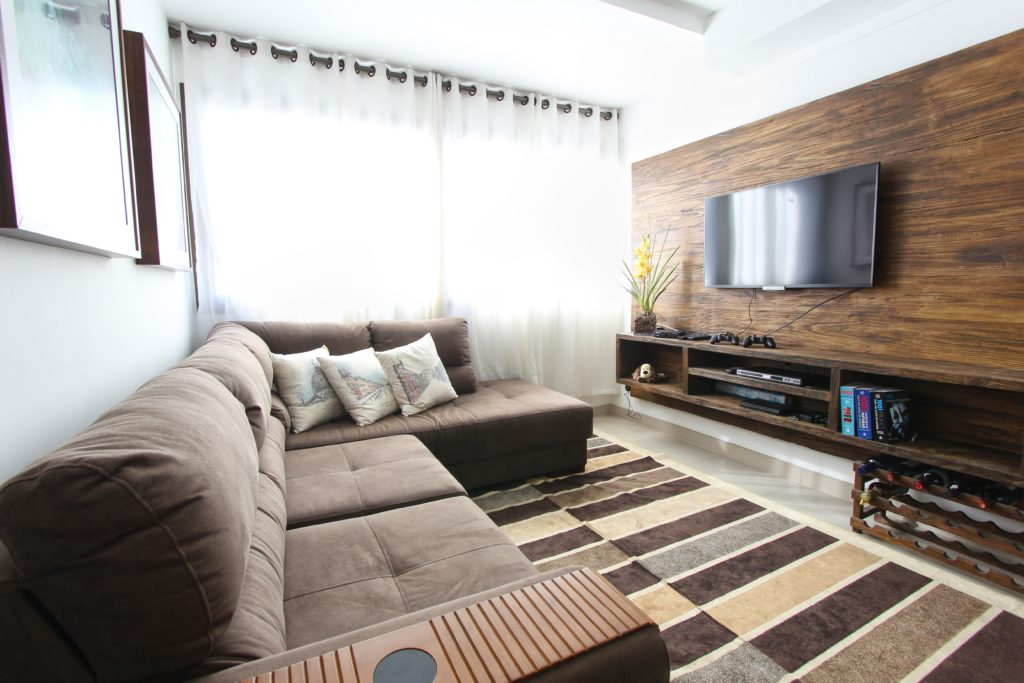
How to design quieter buildings
It’s easy to think of our home as our safe space. A place that keeps us sheltered from the weather, animals, people, AND, noise. Unfortunately, many people feel like their homes fail them when it comes to providing a quiet place to relax and rest.
Often, when we enter our homes we can’t help the feeling that the street comes in with us. People walking by, traffic noise, sirens, construction, dogs barking… and even if our building manages to isolate us from the outside noise, there’s also the noise coming from within the building itself, both from our neighbors (especially in apartment buildings), and our own home (think about your own AC, fridge, boiler…). All this is lowering the acoustic comfort of our homes, workspaces, and everyday activities.
Designing quieter buildings has to be looked at from a number of different scales. The city, the street, the site, the building, the apartment, the room… The best way to fight noise is close to the source, so we need to start by looking at what noises are causing our discomfort, and what path they follow to sneak into our homes.
So how can we design quieter buildings? And how can we make older ones quieter? Let’s take a look, going from the larger scale (the site), to the smallest (our room).
Using landscaping to design quieter buildings

How a building relates to the street and its surroundings is the first opportunity we have to design quieter buildings.
Remember, the closest to the source we can intercept a sound, the better. So parks, gardens and landscaping are great tools to mitigate sound. They help mitigate noise in several ways. First, they are made of “soft” materials, which do not transmit vibrations very well (aka, they absorb sound), and second, they act as physical barriers between the noise source and the building’s facade.

Regulations change from city to city, but developers are often not allowed to build out the entire plot. You might have a 10.000 feet lot, but only be allowed to build on 30% of that surface (this happens in residential suburbs more than it does in cities). In other words, you are forced to have a garden. And even if you are not forced to, you can choose so.
Where the architect places this “free” space and how it is treated will have a huge impact on noise control.
First of all, this “free” space gives us the opportunity to set ourselves apart from the street or other sources of noise. By doing this we are not only increasing the distance between the noise source and the building, but we are also setting the perfect site for a vegetable buffer.
Some of the quietest developments to live in NYC rely on these green spaces to create small oases in the middle of a city as busy and noisy as New York.
The choice of vegetation is also important. You definitely want to look for trees and plants that keep their leaves all year long, the denser the better. Holly trees and holly shrubs are popular and effective options. Arborvitae trees, thujas or cypresses also work incredibly well when it comes to absorbing sound.
Studies show that a dense vegetable barrier of around 30 meters can reduce noise by up to 8dB. Sure, you might not have 30 meters to grow a vegetable sound barrier, but just a 6-foot wide belt will already start making a noticeable difference.
Not only the trees and plants are important, also the ground. The more ground surface you can keep unpaved the better. Soft materials like grass or soil will also help absorb noise.
Space planning for quieter buildings
In any given site, there will be a side that’s more exposed to whichever sources of noise exist nearby. And even if the environment was totally quiet, there are some rooms in a house that are always going to be noisier than others. For example, a kitchen will always be louder than a bedroom. And that’s ok, we can tolerate a bit more noise in the kitchen than we can in the bedroom where we are trying to sleep.
Considering these things is key to properly planning the space in order to mitigate the impact of both internal and external noises.
In a house in the suburbs, for example, the house will be separated from the street by a significant distance. This will be the front garden. Then you’ll usually find the garage, where noise doesn’t matter much. Then the kitchen. Then the living room, etc. The bedrooms will probably be upstairs, with the master usually being over the living room and overlooking the backyard, not over the kitchen, and not facing the front yard. Or at least that is how it should be in order to protect the main bedroom from noise as much as possible.
In apartment buildings, a floorplan designed with noise control in mind will not only aggregate the “day” areas (kitchen, dinning-room, living room, etc.) on one side and the “night” areas (bedrooms) on another, but it will also alternate units symmetrically instead of facing the same direction. This is to avoid having your bedroom wall be your neighbor’s kitchen. By alternating units symmetrically your kitchen will share a wall with your neighbor’s kitchen and your bedroom will share a wall with your other neighbor’s bedroom.

Notice how in the first scenario of the above floorplans the living room of the unit on the left shares a wall with the bedroom of the unit on the right. That is really poor planning when it comes t noise control. Imagine someone watching TV late at night on the left and someone trying to sleep on the right…
In the second example though, living rooms share walls with other living rooms and bedrooms share walls with other bedrooms. This does not guarantee anything if you have a noisy neighbor, but it sure helps make the problem a little more tolerable.
Noise-absorbing materials in construction
In the United States, the International Buildinc Code (IBC) specifies the minimum acoustic insulation standards to reduce unwanted noise. The IBC applies to occupants of residential buildings (i.e. houses, apartments, condominiums) or places offering overnight accommodations such as hotels and motels.
In new developments, this requirement may be demonstrated by design (with proof of materials used) or tested by carrying out a sound test, in which a building inspector may set up a sound sensor downstairs and then drop an object on the floor upstairs, amongst a number o different experiments to test different types of sound.
Any new development must consider noise and incorporate noise-absorbing materials into the construction in order to meet the criteria defined by the IBC.

Common insulating materials include expanded polystyrene insulation(EPS), extruded polystyrene insulation(XPS), fiberglass, mineral wool, recycled PET plastic wool, wood fiber, sheep’s wool, and cork. Other insulating products include multiple layers of foil with soft cotton in between them to combine the insulating principles of air and reflection.
Acoustic materials that impede sound passage include rubber, which may be used as a gasket, squashed between two hard materials to reduce the sound that can pass from one to the other. For example, to reduce sound from a hard floor upstairs to downstairs, the hard floor could include a sound-insulating underlay that extends to the wall, while the hard floor would stop short of the wall by about 10-20mm. A skirting board is then positioned above it so that the gap is not visible, and that gap could be closed with rubber gasket trim to ensure acoustic separation of the floor from the walls.
Acoustic insulation is used in internal stud walls to reduce sound transition between rooms. The architects’ drawings may specify a certain depth to meet building requirements, but it has to be installed to fully fill the void in order to function as designed. This might include stapling the acoustic recycled PET wool to battens to reduce the risk of insulation slumping in the void over time.
And then there are the windows, which are the weak spot of any facade when it comes to blocking outside noise. Today we have excellent soundproof windows, but they come at a price, which means many developers don’t use them if they can avoid it.
Applying this to older homes
All of the above is easy to apply to new construction, it’s only a matter of budget. But what about older homes?

All the same principles can be applied to older homes. Windows can be changed and replaced with soundproof ones. Noise-absorbing materials can be retrofitted into the walls. Attics can be insulated with a variety of materials, and so on.
Of course, any of these interventions will require a construction crew to come in and break stuff, which is never pleasant or convenient. But if you own your own house or apartment the investment and the inconvenience will surely be worth it in the long run.
Smart interior design to minimize noise
If the above is out of your budget, you live in a rental and don’t want to invest in a property you don’t own, or you still feel the noise levels inside your home are too high after applying all the other solutions, there is still one more thing to try.
Soundproofing through interior design.

This of course means trying to stop the noise far from the source and very close to us, which is not ideal, but it can still help.
Door seals can be installed to reduce noise transmitted into a room. A simple draught snake can also have a significant impact by reducing the noise that sneaks in under the front door.
Rugs and carpets are also great tools to reduce the passage of sound from one floor to the other, especially footsteps and other impact sounds.
And then there’s all the furniture. Tables, curtains, chairs, couches, shelves… the softer the materials they are made from the more they’ll contribute to reducing reverberation in a room. That’s why when it comes to acoustics, wooden furniture is always preferable to other materials like glass or plastic. Quantity is also important. You’ve probably experienced how an empty room echoes when you talk or clap in it, while a well-furnished one doesn’t. This is not an excuse to clutter up a space! But keep in mind that a couple of well-placed rugs and some heavy curtains can cozy up a space as well as improve its sound qualities.
Design buildings to reduce noise pollution.
Today, professionals really understand sound well, how it behaves and how to control it. What we now need are stronger regulations, that will force new developments to meet higher levels of soundproofing, as well as initiatives and economic aids and incentives to improve older homes.
At the same time, technology and industry need to keep innovating in order to reduce the noise at its source. Better car tires and noise-reducing asphalt are just some of the most recent solutions to hit our cities, but I hope they are only the beginning.
In a world dominated by apparent busyness ever speeding up, we must aim to design and reimagine buildings to reduce noise pollution and stress, enhancing well-being and productivity through good design.

[…] There are many ways in which wood can be incorporated into a space. Actually, using wood in architecture, and even more so in interior design, is one of the easiest ways to design with acoustic comfort in mind. […]